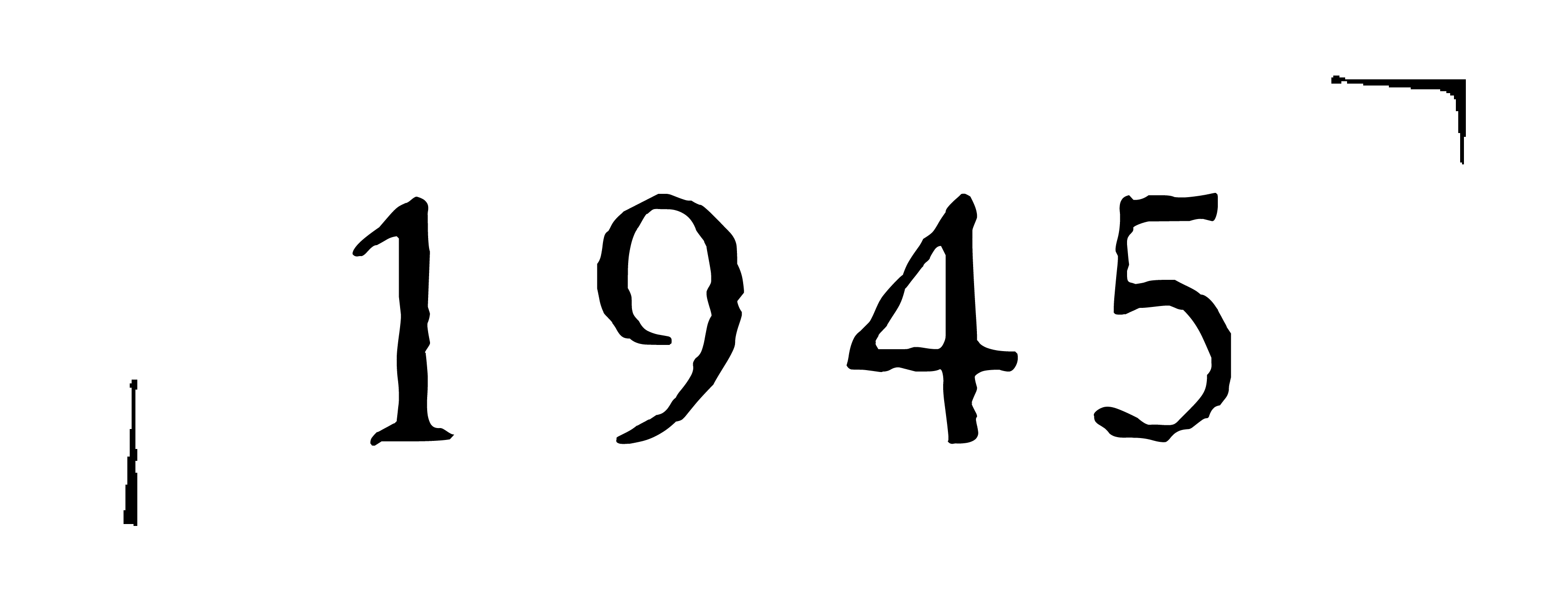Prior to the atomic bomb attack, Japan was engaged in war for 14 years, from 1931 to 1945. The conflict began with the Manchurian Incident in September 1931 and ended with the official surrender of Japan in September 1945.
Before WWII, Japan – an island nation with few natural resources – imported 88 percent of its oil and was highly dependent on raw material imports. Though the nation enjoyed a brief period of economic stability after WWI, the Great Kanto earthquake in 1923 and Showa financial crisis in 1927 devastated Japan and led to massive unemployment. In an effort to uplift the economy, the Imperial Japanese Army established a campaign to expand into East Asia to secure more natural resources. The combination of growing nationalist sentiments since the Meiji Restoration, an unwieldy Imperial Army that acted independently of the central government, and the grandiose notion of a “Greater East Asia Co-Prosperity Sphere” – a singular Pan-Asian polity free of Western colonialism – culminated into a series of conquests in the Pacific. This antagonized the US, Britain, France and the Netherlands, which had material interests and colonies in the region. Furthermore, it victimized other Asian nations and dragged them into war.
The following is an abridged timeline of events involving Japan from 1931-1945.

